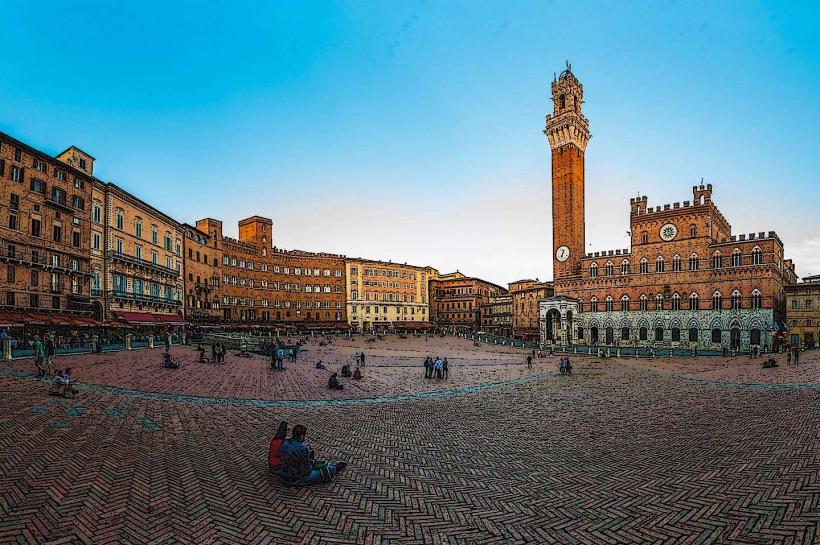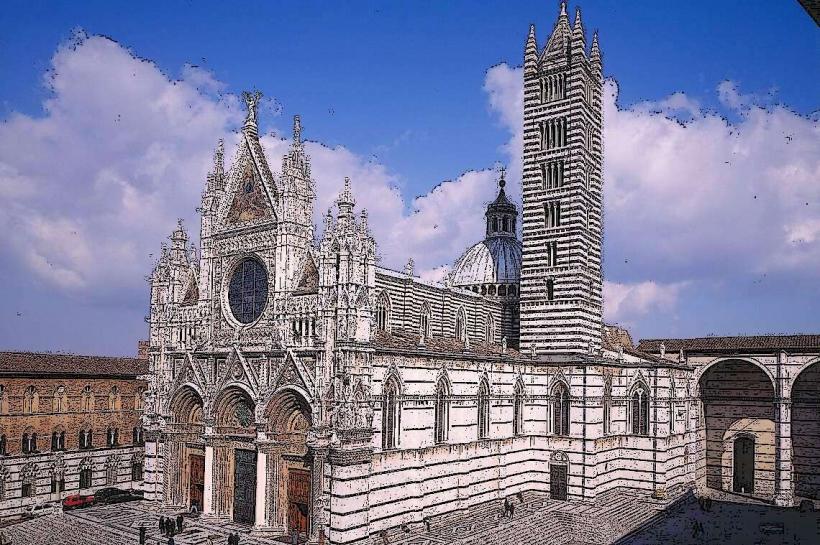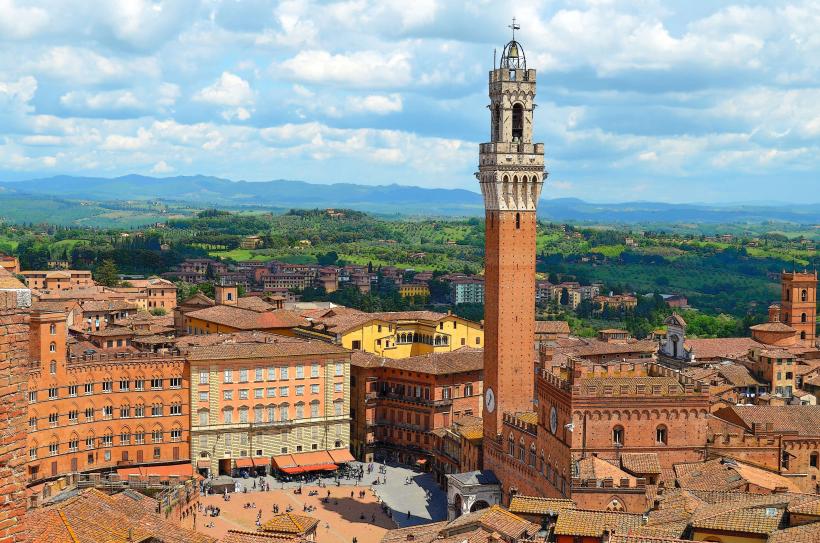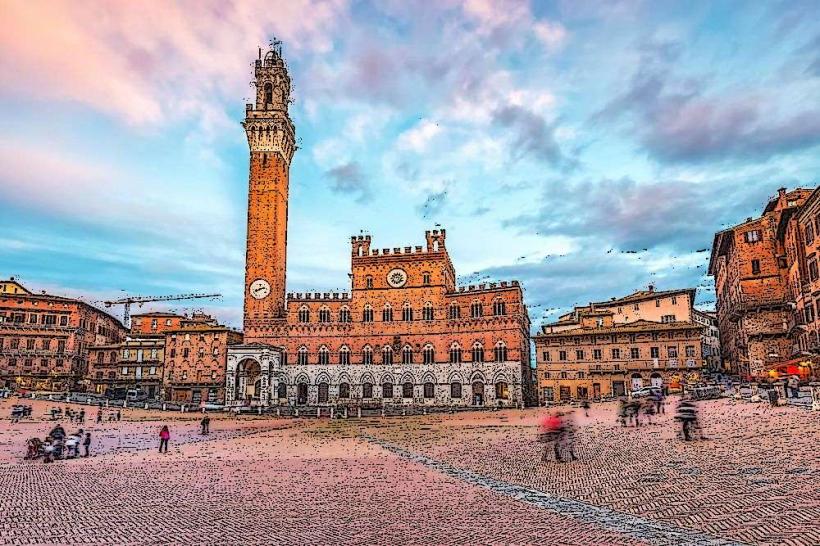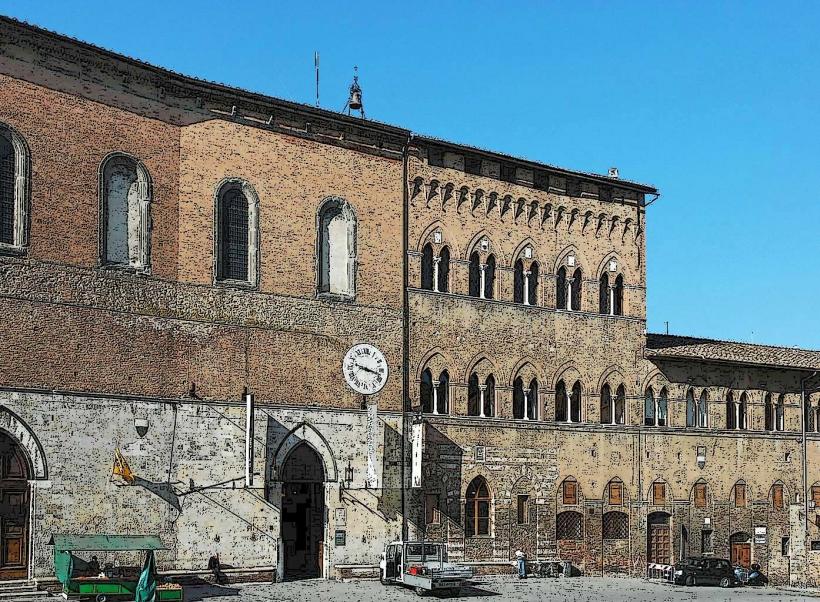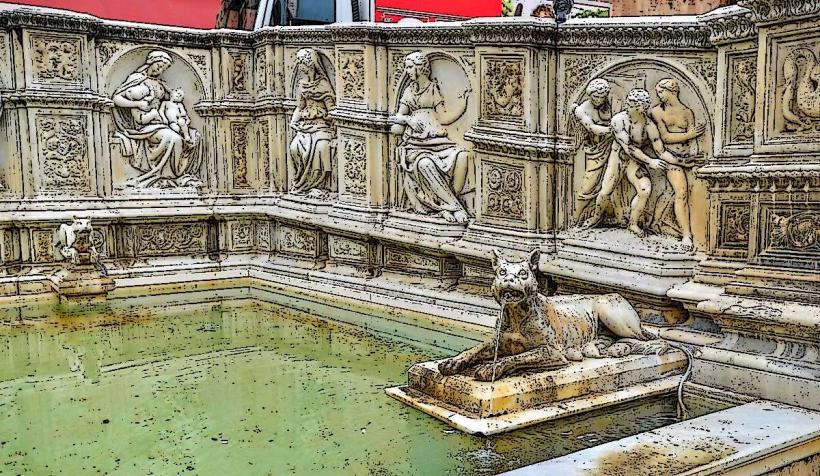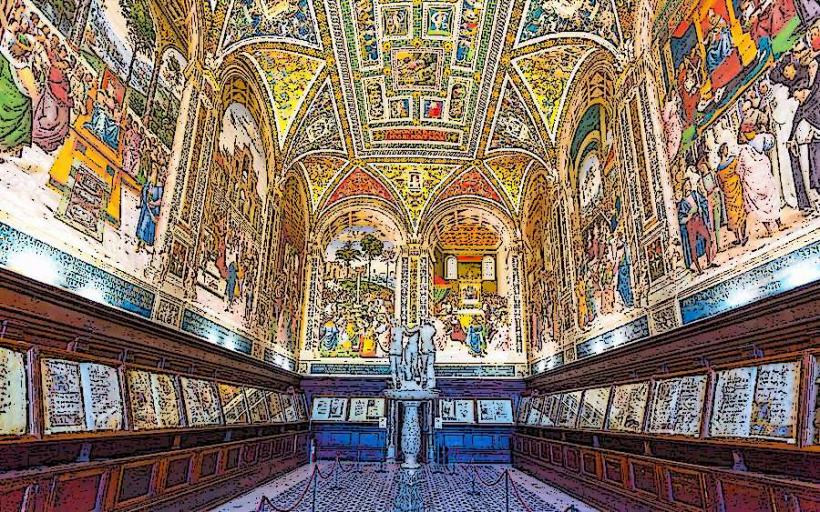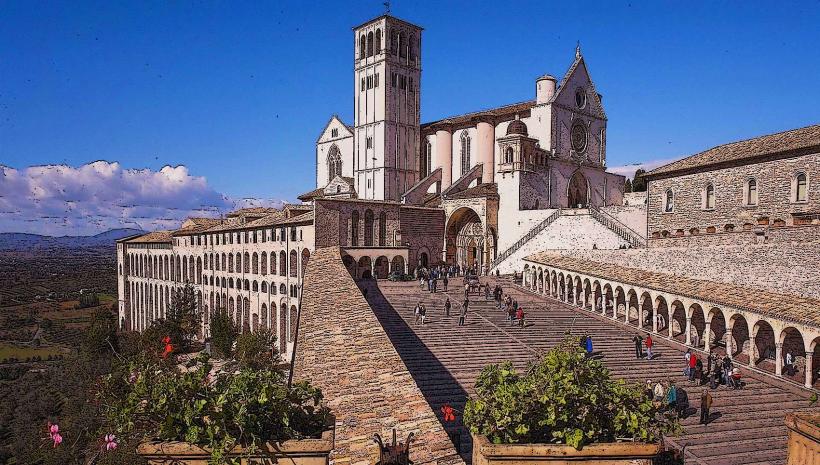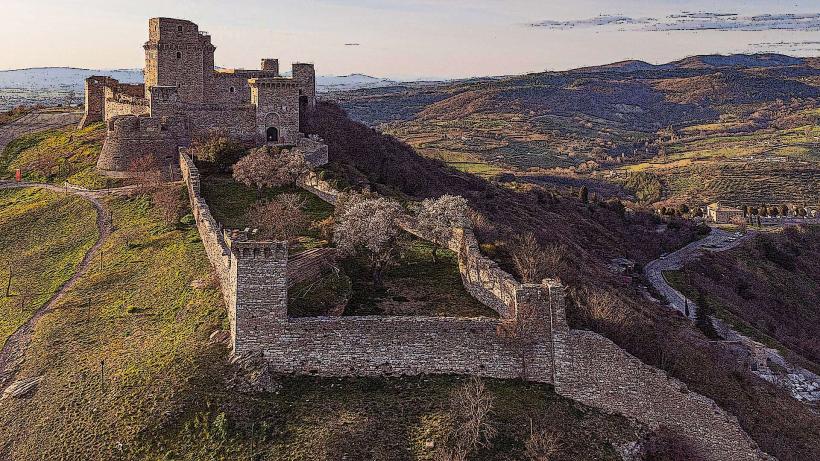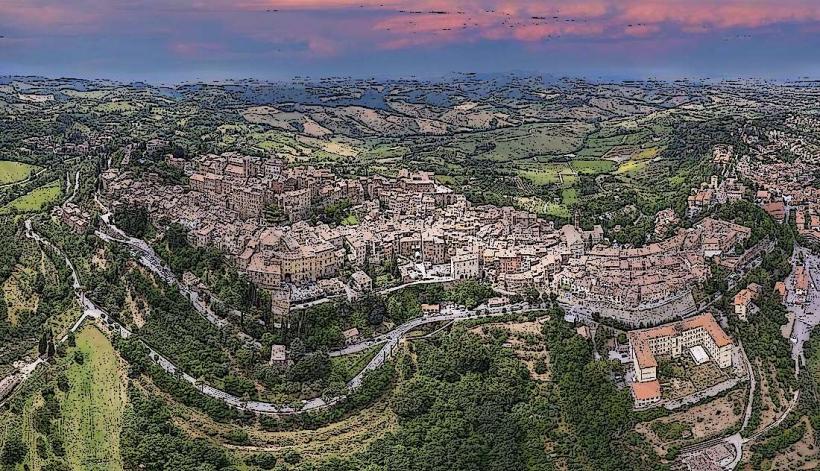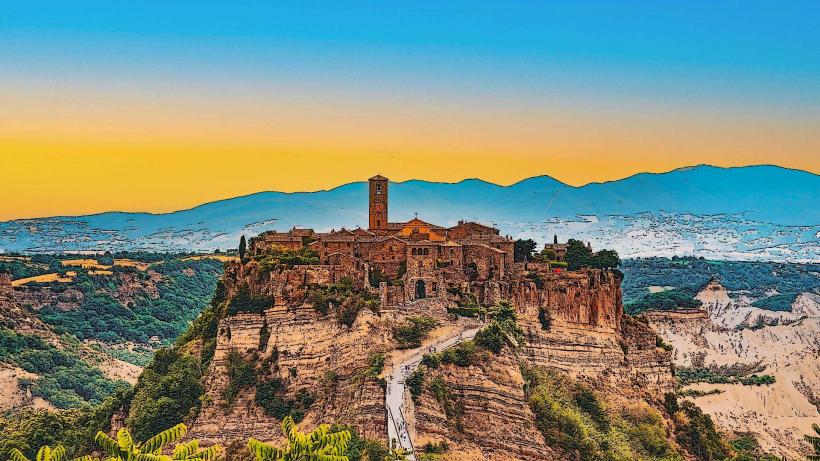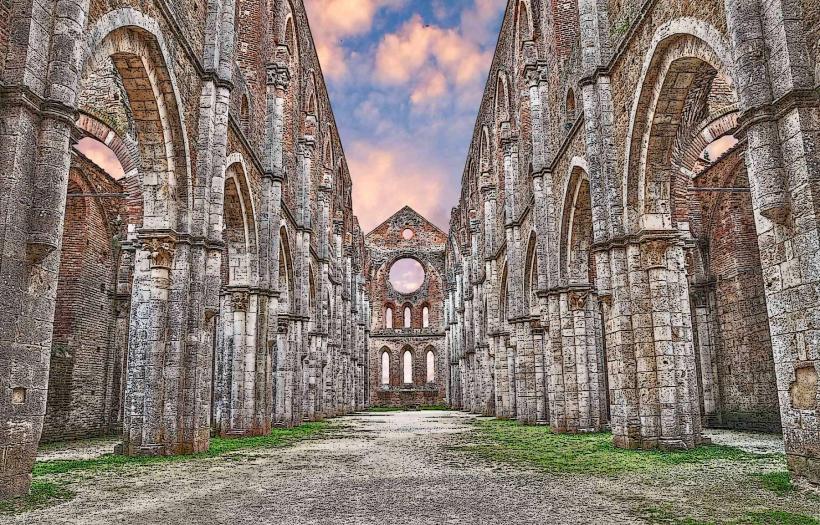Information
Landmark: Medici FortressCity: Siena
Country: Italy
Continent: Europe
The Medici Fortress (Fortezza Medicea) is a prominent historical landmark in Siena, Italy, known for its impressive military architecture and historical significance. Located on a hill just outside the city’s historic center, the fortress offers stunning views of Siena and the surrounding Tuscan countryside. It is one of the city's key examples of Renaissance military architecture and an important symbol of Siena's complex political history.
1. Historical Context and Construction
The Medici Fortress was built between 1560 and 1571 by the powerful Medici family, which ruled over the Grand Duchy of Tuscany during the 16th century. The fortress was designed to strengthen Medici control over Siena, following the city's capture in 1555 by the forces of Florence, after Siena's long-standing independence ended with the fall of the Republic of Siena.
After Siena’s defeat, the Medici family sought to fortify their new possessions and solidify their power in the region. The fortress was part of a larger strategy to ensure that the former republic would remain firmly under Medici control. The fortress’s construction was overseen by the Florentine military engineer Giovanni da Bologna and was built on the site of an earlier fortification.
2. Architectural Design
The Fortezza Medicea is an example of Renaissance military architecture, built in the star-shaped bastion design, which was the dominant military fortification style of the time. This design provided superior defense, allowing for effective firepower from the fort's walls in all directions, minimizing blind spots and vulnerabilities.
The fortress is enclosed by thick stone walls, reinforced by bastions at the corners that were designed to protect the fort from both siege and attack. The fortress's construction was meticulously planned, reflecting the period's focus on fortified structures that could withstand the evolving artillery technology of the time.
The main entrance to the fortress is marked by a large arch, which gives access to the central courtyard. The design of the fortress also includes several defensive walls, moats, and ramparts that reinforce its strength and strategic importance.
3. Function and Role
The Medici Fortress was not just a symbol of political power; it also served practical functions, including military defense, storage of weapons and supplies, and serving as a garrison for soldiers stationed in the city. Its strategic position on the hill allowed it to dominate the surrounding landscape and protect Siena from potential threats.
The fortress also played a role in the medieval and Renaissance period as a symbol of Florentine power in Siena, representing the authority of the Medici family in the former independent republic. It was a reminder of the end of Siena's autonomy and the consolidation of power by the Medici.
4. Renovations and Later Use
Over the centuries, the fortress underwent several renovations, especially as it lost its original military purpose. It was used as a prison during the 19th century and into the early 20th century. This period saw the structure being altered to accommodate its new function as a detention facility, although the fortress’s key architectural elements were preserved.
In the mid-20th century, the fortress was repurposed and transformed into a cultural and public space. Today, the Medici Fortress is a site for various events, festivals, and exhibitions, as well as a popular tourist attraction.
5. The Fortress Today
The Medici Fortress is now open to the public, and visitors can explore its vast grounds and circular walls. The fortress is surrounded by large public gardens, known as Giardini della Fortezza, which offer panoramic views of Siena and the surrounding Tuscan hills.
One of the most attractive features for visitors is the view of the Siena skyline, with the Duomo and the Torre del Mangia standing out in the distance. The location of the fortress on the edge of the city provides a unique vantage point, making it an excellent spot for photography and sightseeing.
Inside the fortress, visitors can walk through the courtyards, visit the cultural spaces, and explore the museum exhibitions that are often hosted in the various rooms and halls of the structure. The fortress regularly hosts events, such as music festivals, art exhibitions, and theatrical performances, making it a lively part of Siena’s cultural life.
The gardens surrounding the fortress are a popular spot for both locals and tourists to relax and enjoy the natural beauty of the area. The park is often used for outdoor concerts and cultural events, especially during the warmer months.
6. Symbolism and Legacy
The Medici Fortress stands as a testament to the Medici family's influence and their efforts to assert control over Siena and Tuscany. While it is primarily a symbol of the Medici period in Siena's history, it also represents the shift from the city’s medieval independence to its eventual incorporation into the Grand Duchy of Tuscany under Medici rule.
The fortress also highlights the role of military architecture in Renaissance Italy, where fortifications were designed not just for defense, but also to convey the power and prestige of the ruling families. Its star-shaped design and massive fortifications are classic features of Renaissance military engineering.
7. Visiting the Medici Fortress
The Fortezza Medicea is open to tourists year-round, offering an opportunity to explore an important part of Siena’s history. Visitors can learn about the fortress's role in the political history of Siena, the Medici family’s legacy, and the military architecture of the Renaissance.
The gardens around the fortress are free to enter, and the fortress's museum and event spaces charge an entry fee. Special events such as the annual Siena Jazz Festival and various cultural festivals are frequently held in the fortress, making it an integral part of Siena’s cultural calendar.
Conclusion
The Medici Fortress is an important historical and architectural landmark in Siena, offering insights into the city’s military past and the powerful Medici family’s role in its history. With its Renaissance design, strategic location, and transformation into a modern cultural space, the fortress is a must-visit attraction for anyone interested in Siena’s rich history, military architecture, and the legacy of the Medici family.

